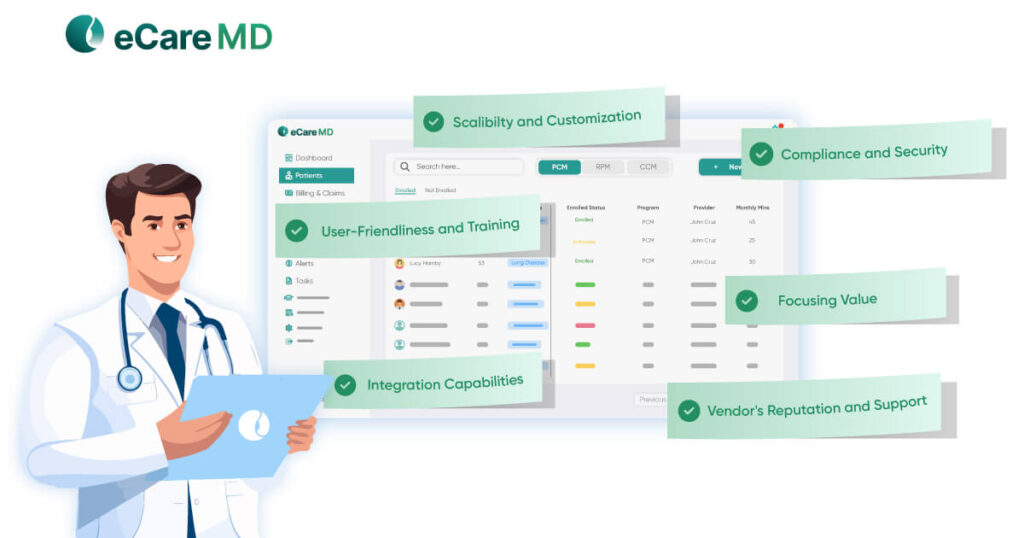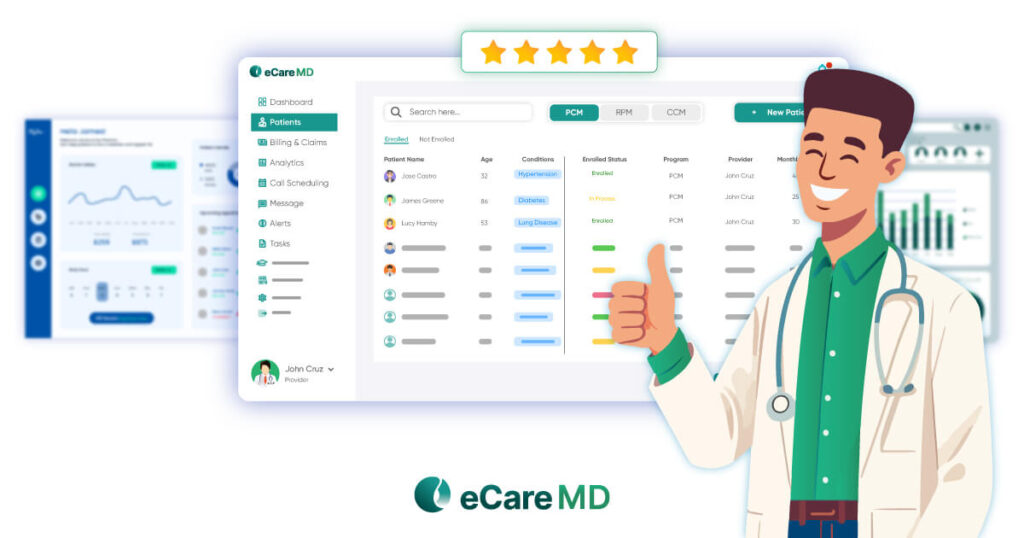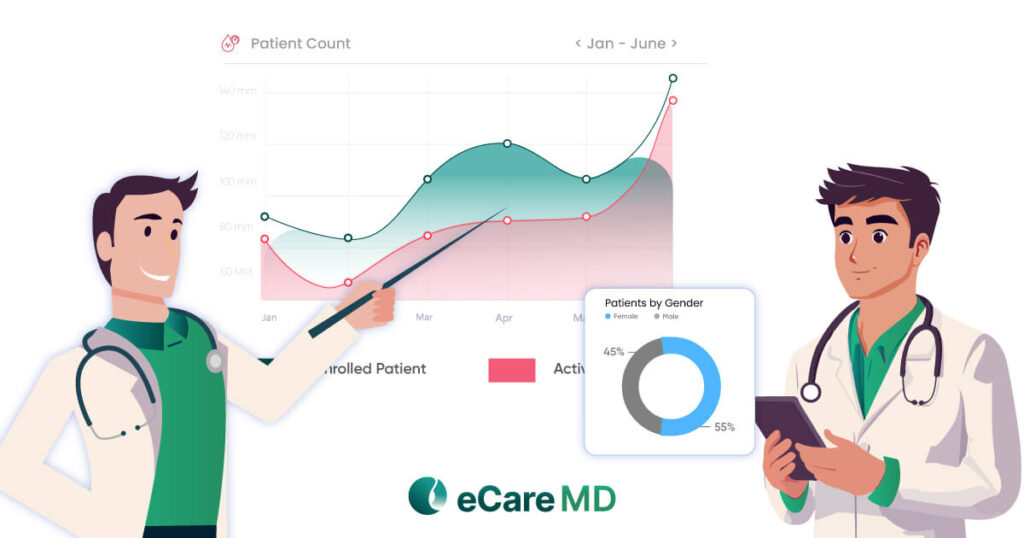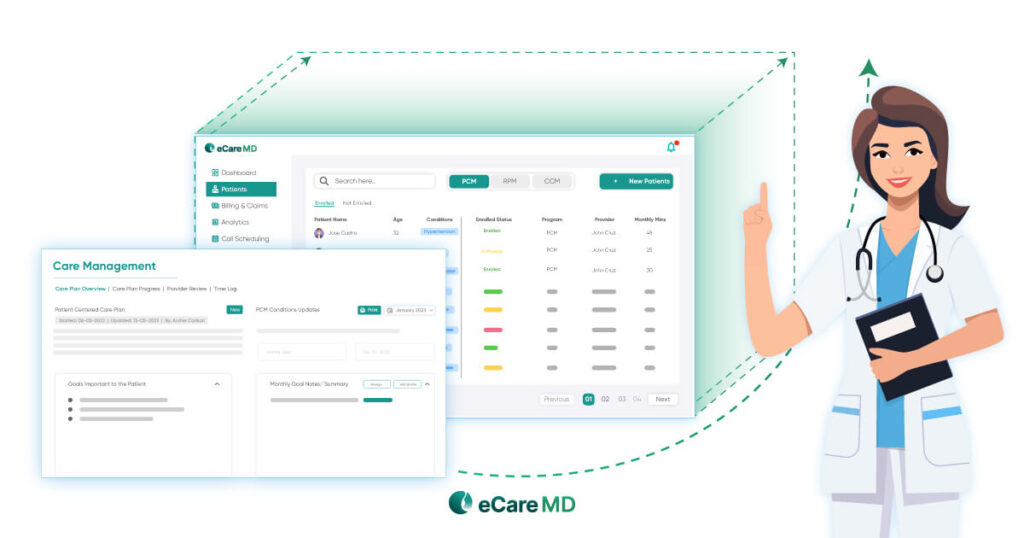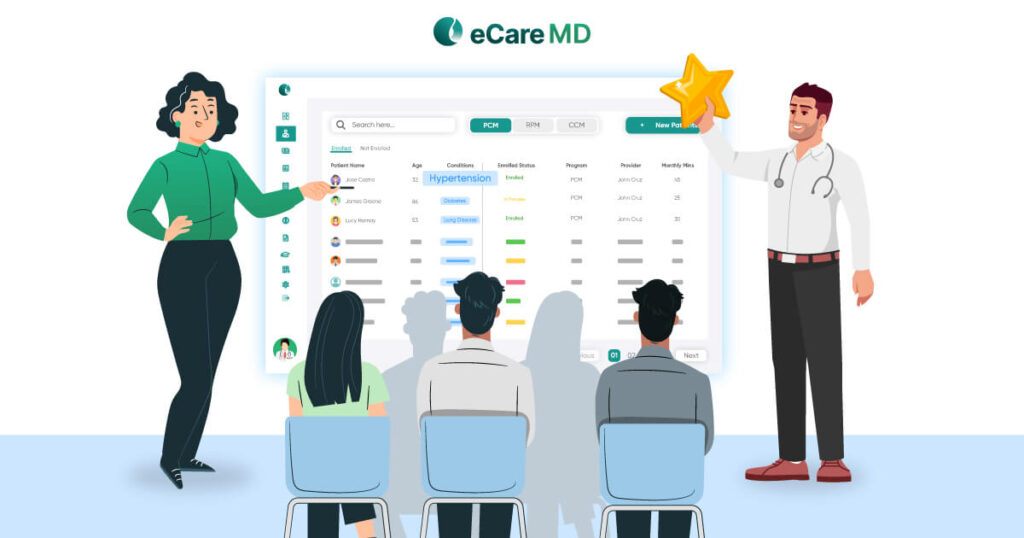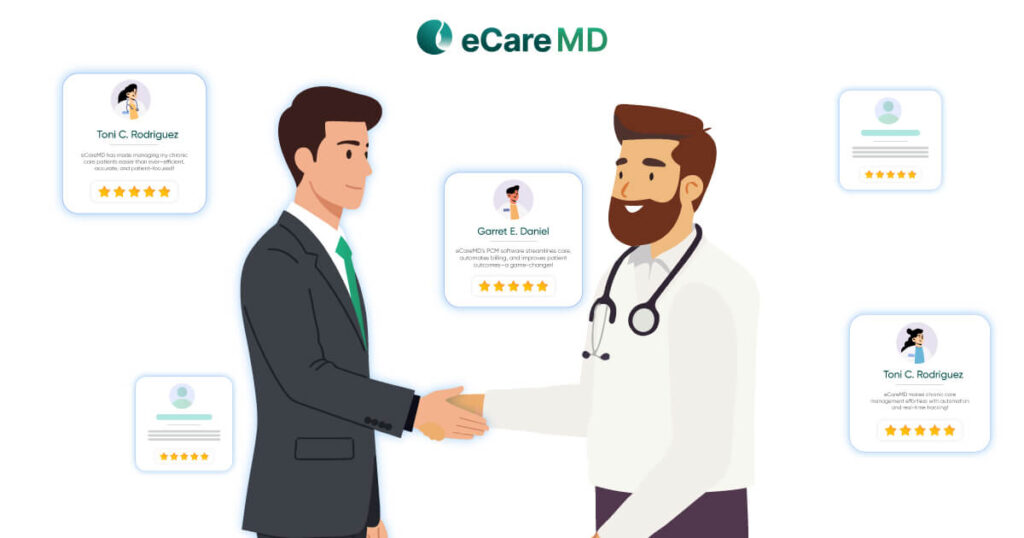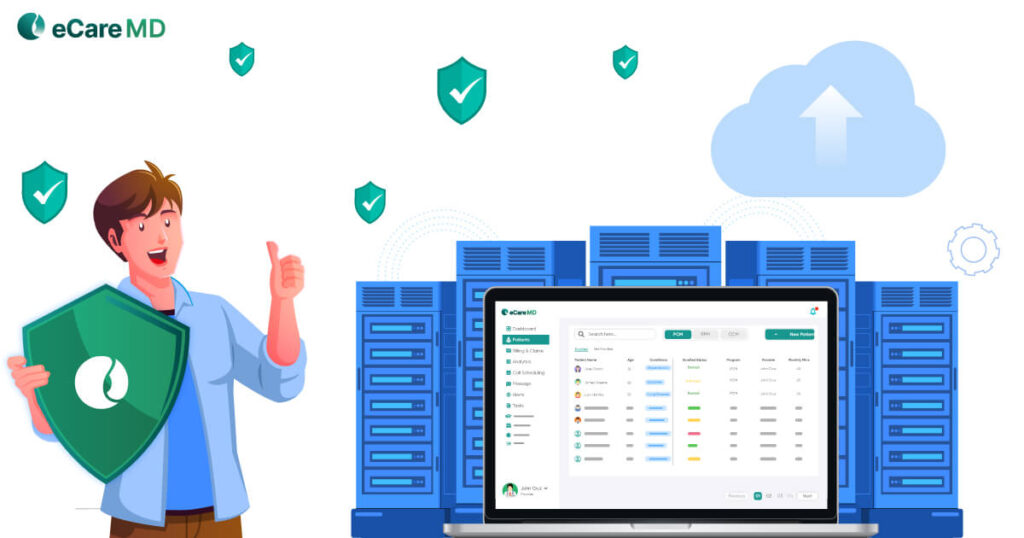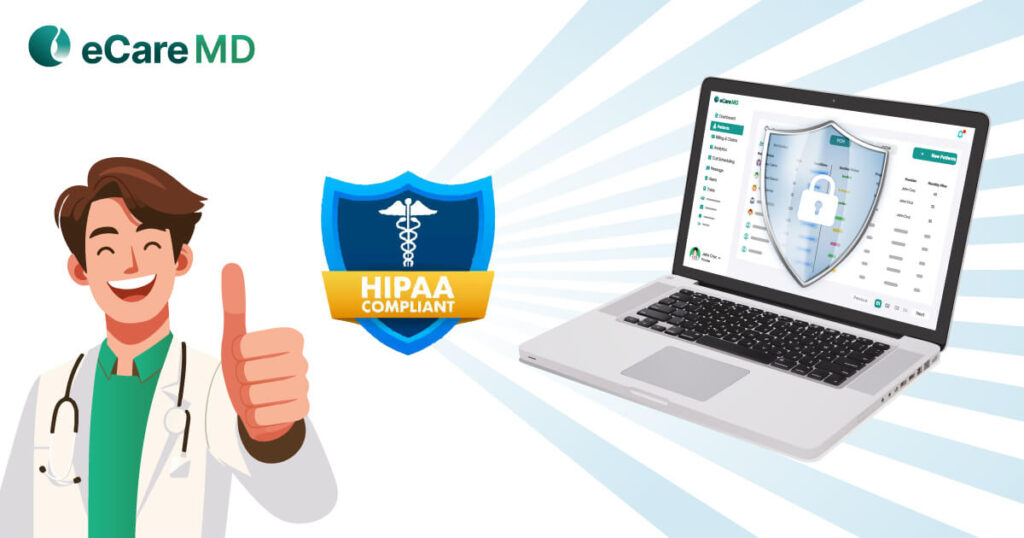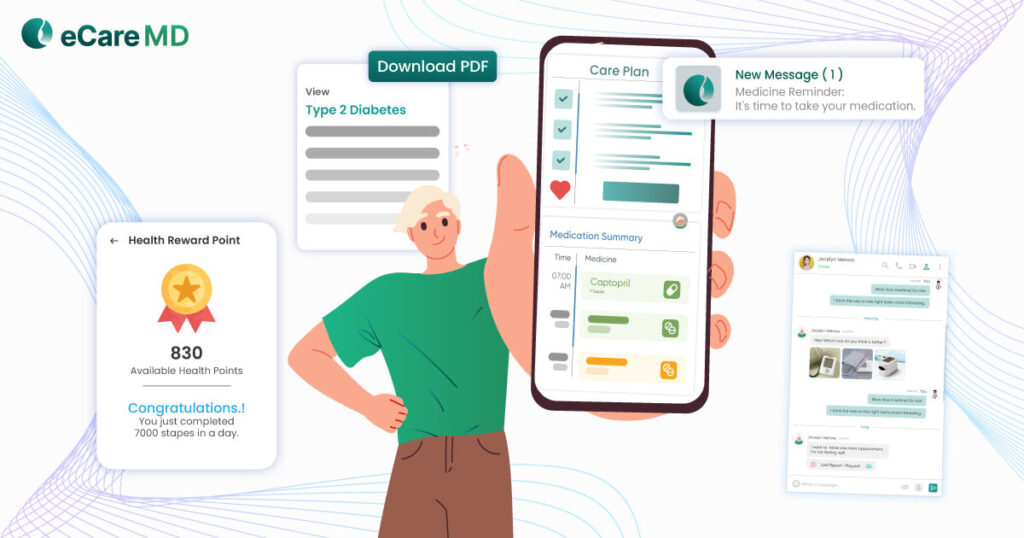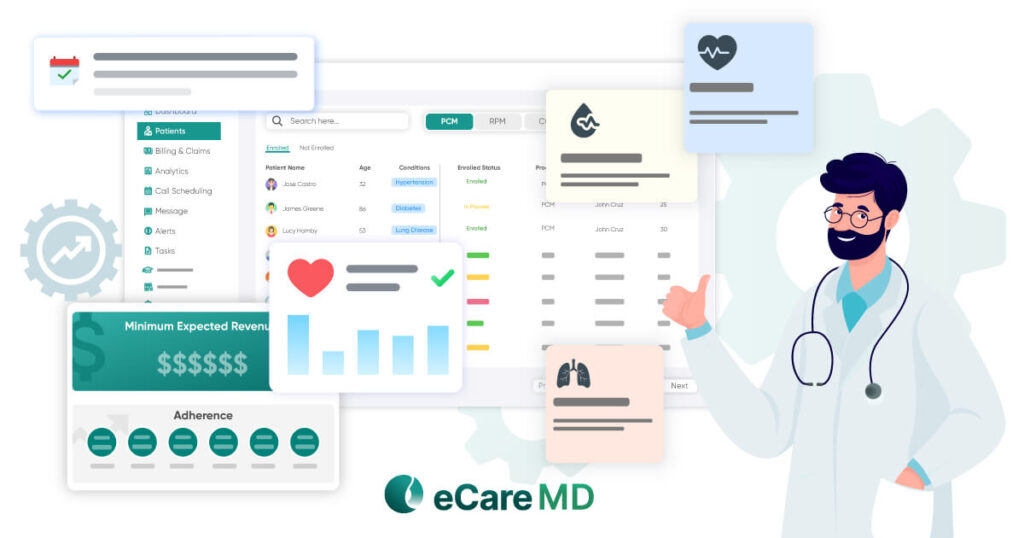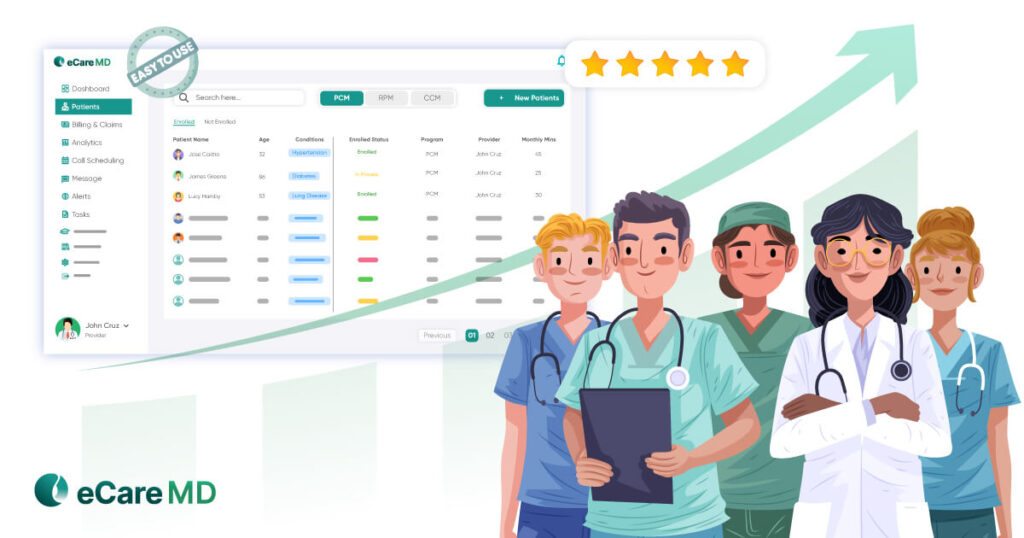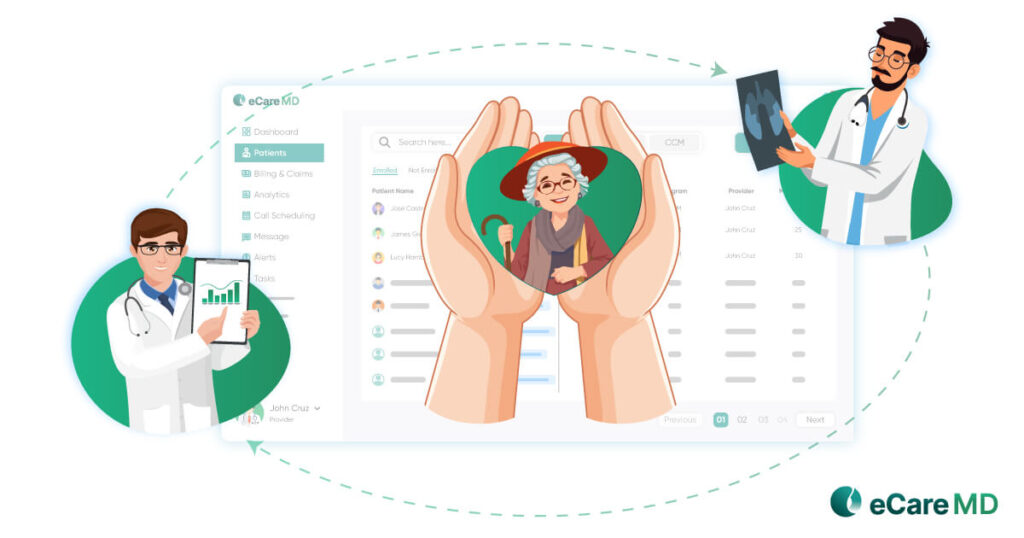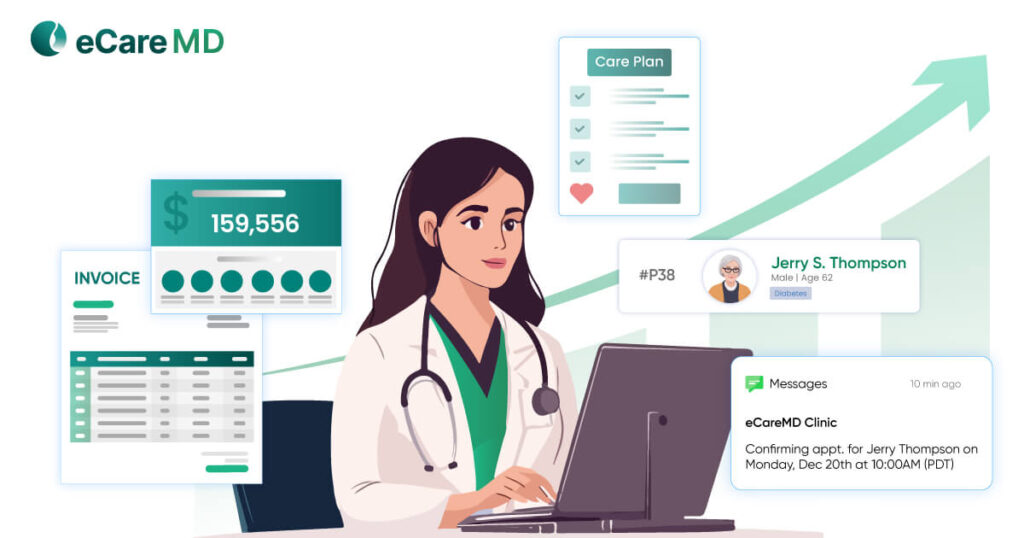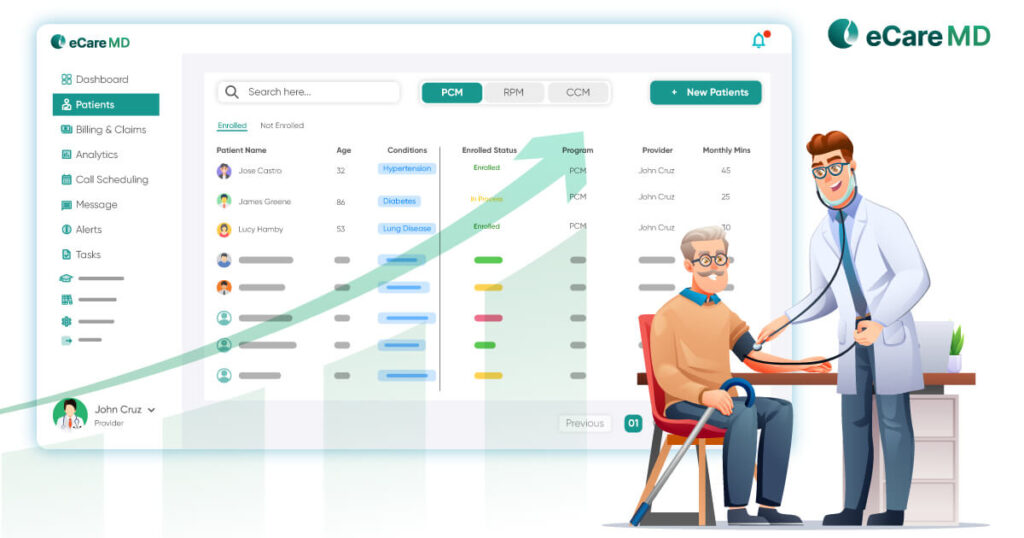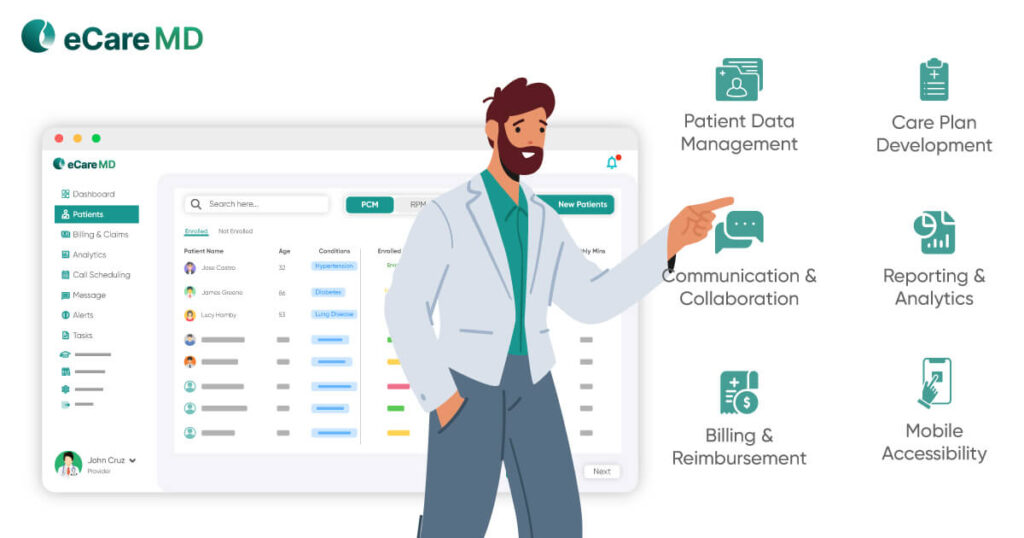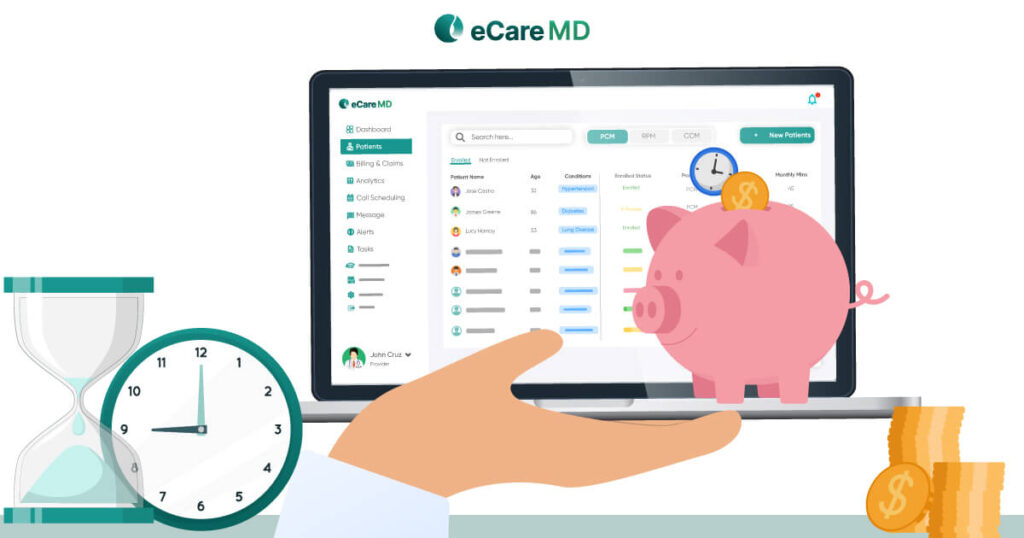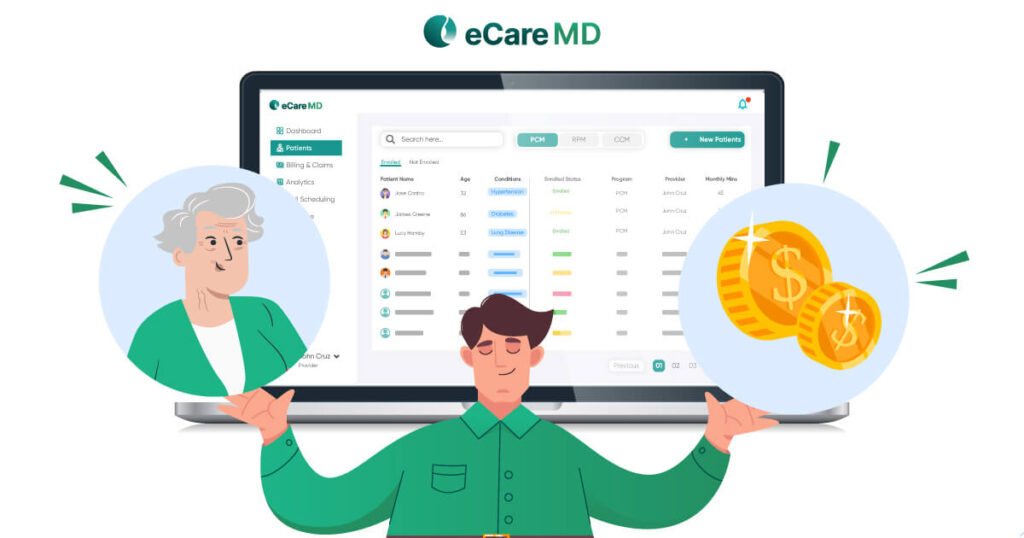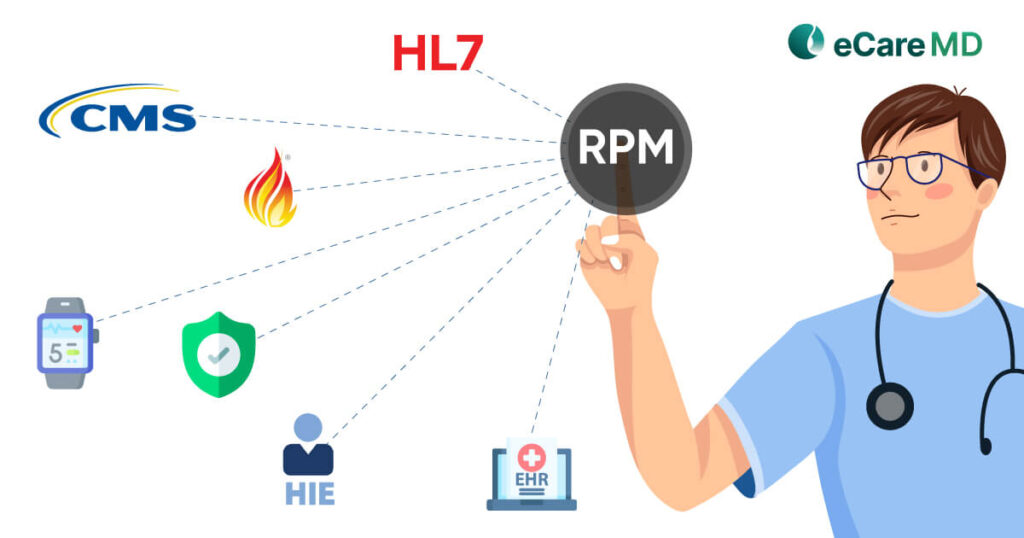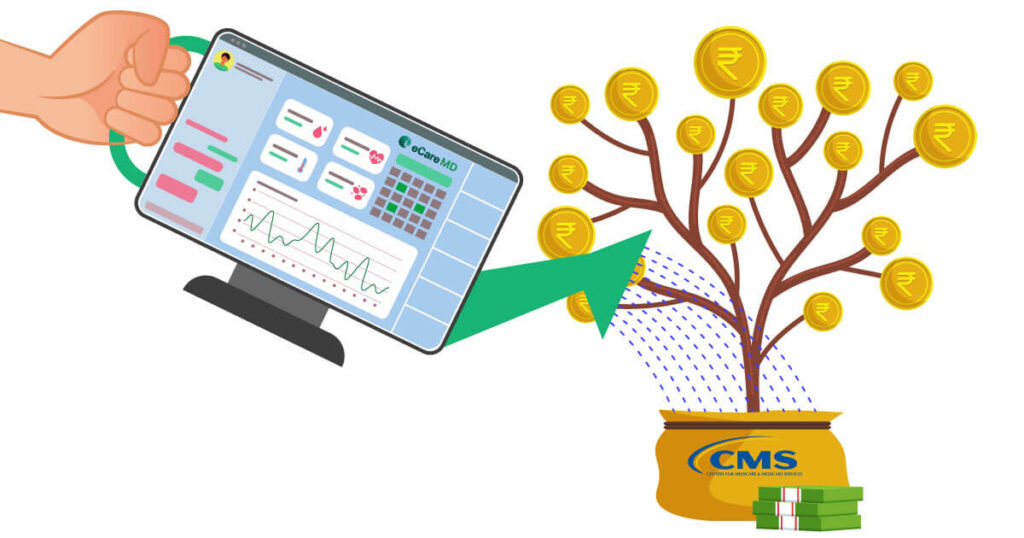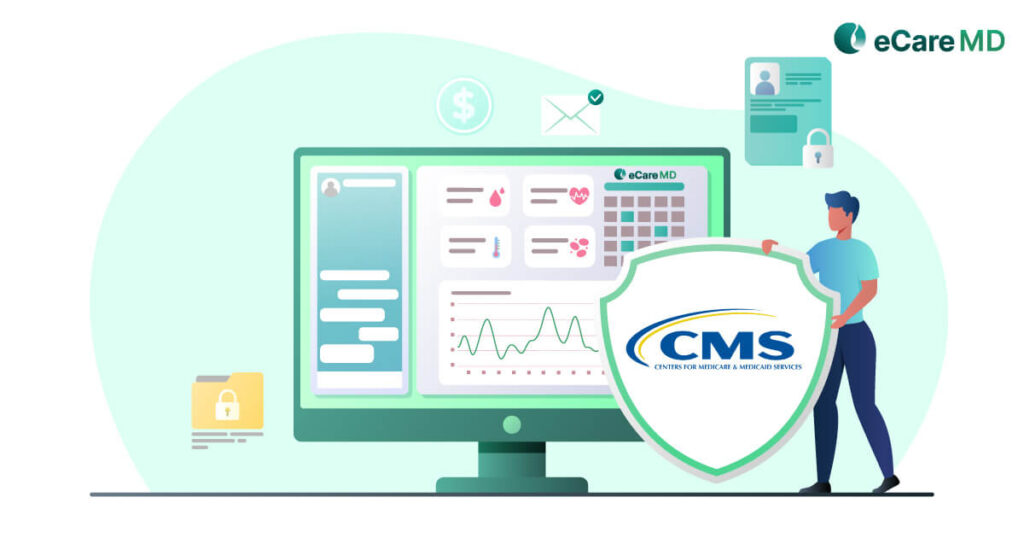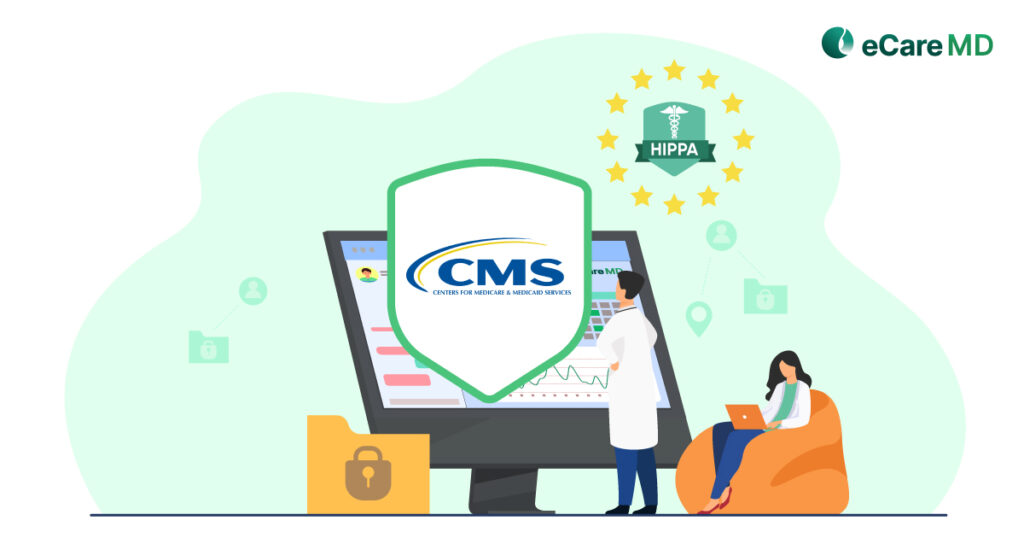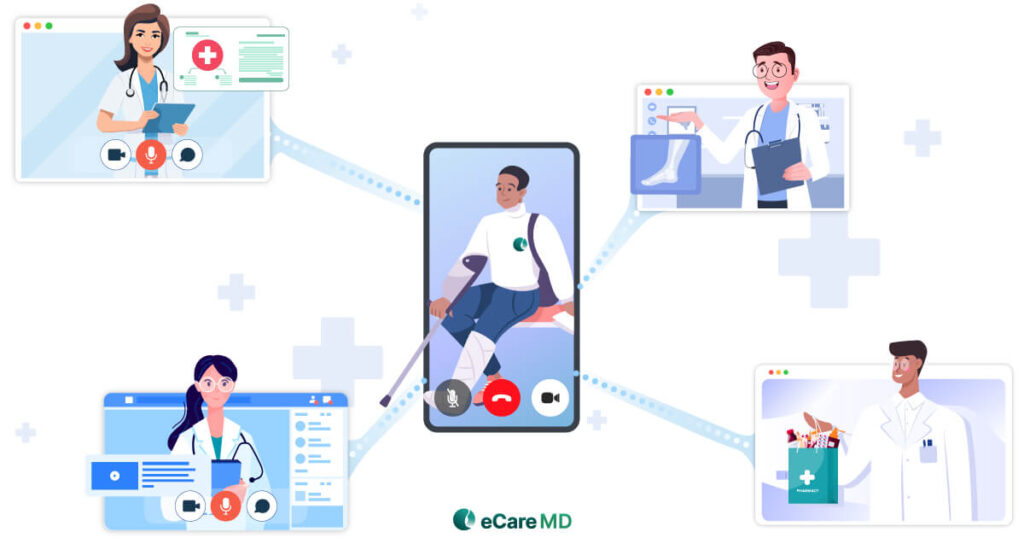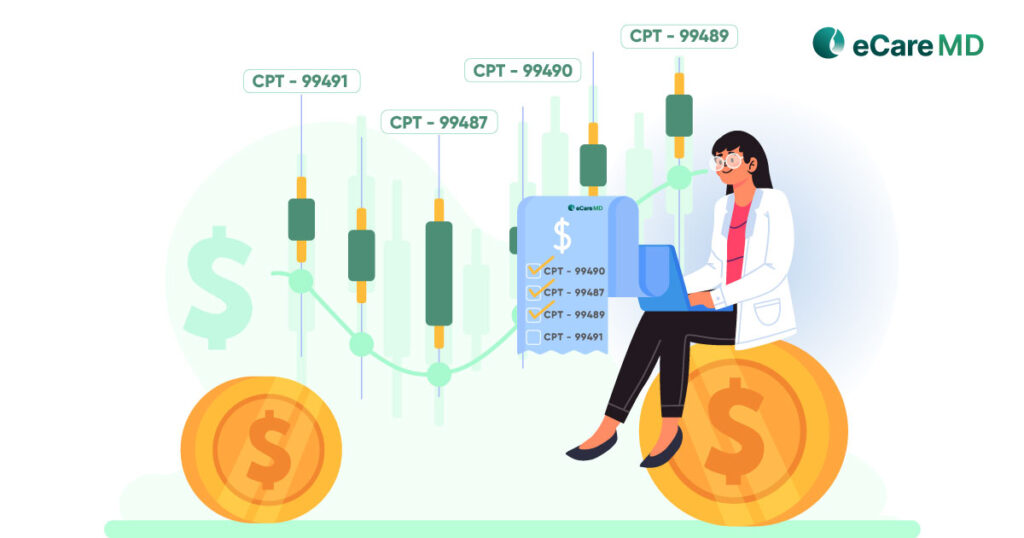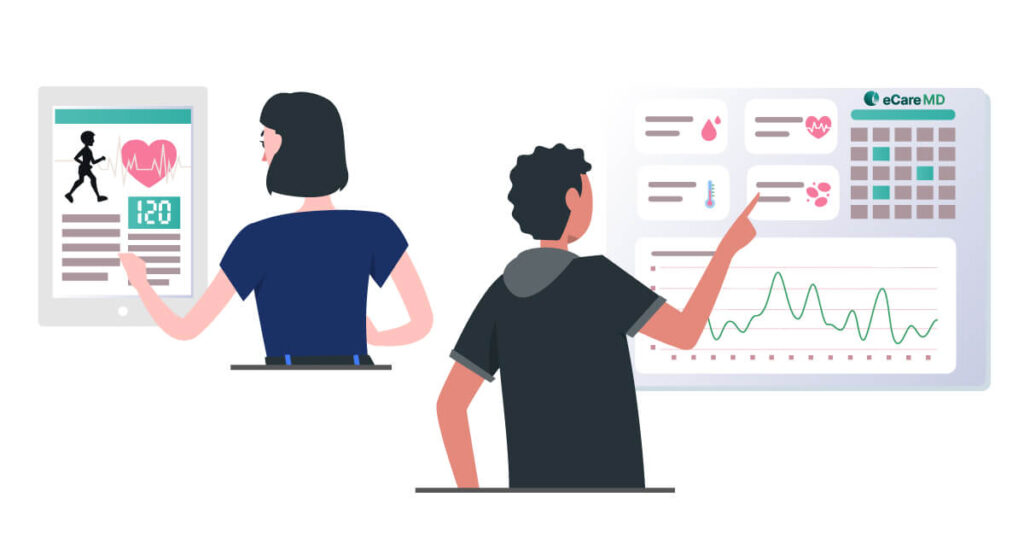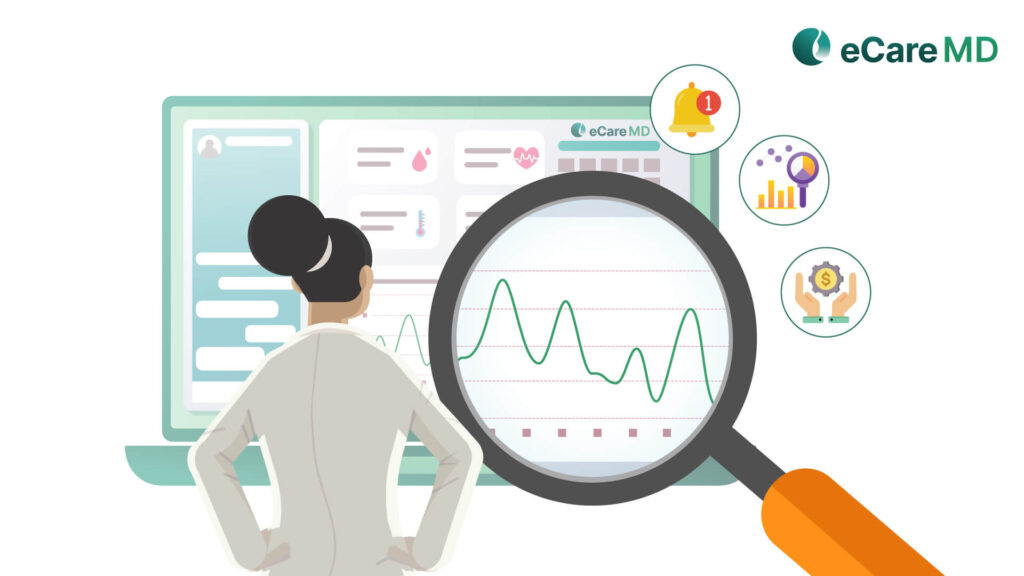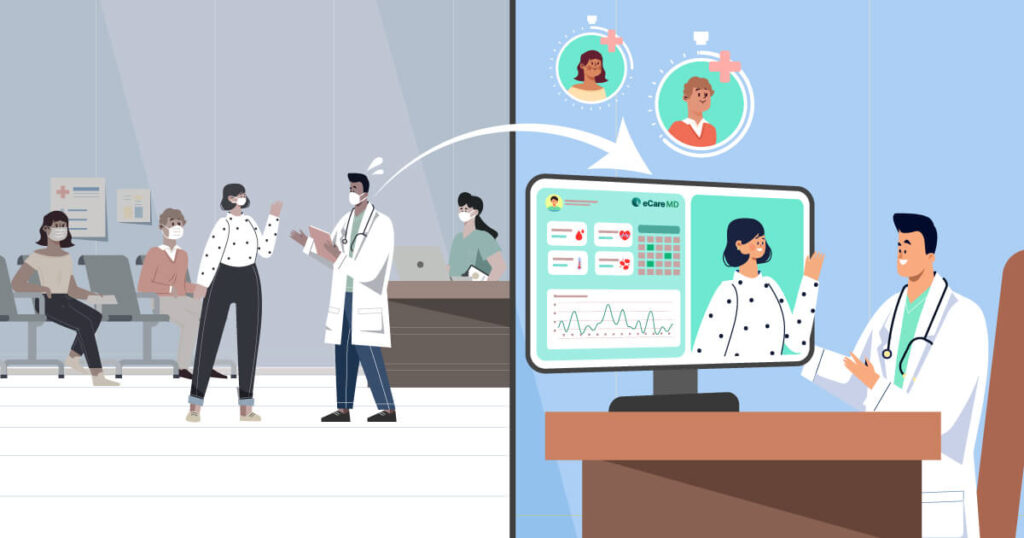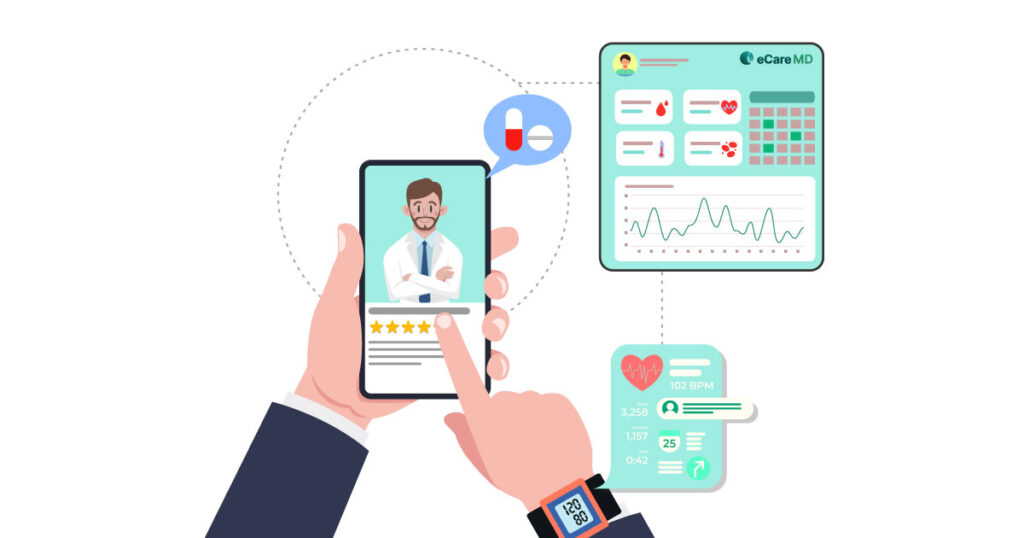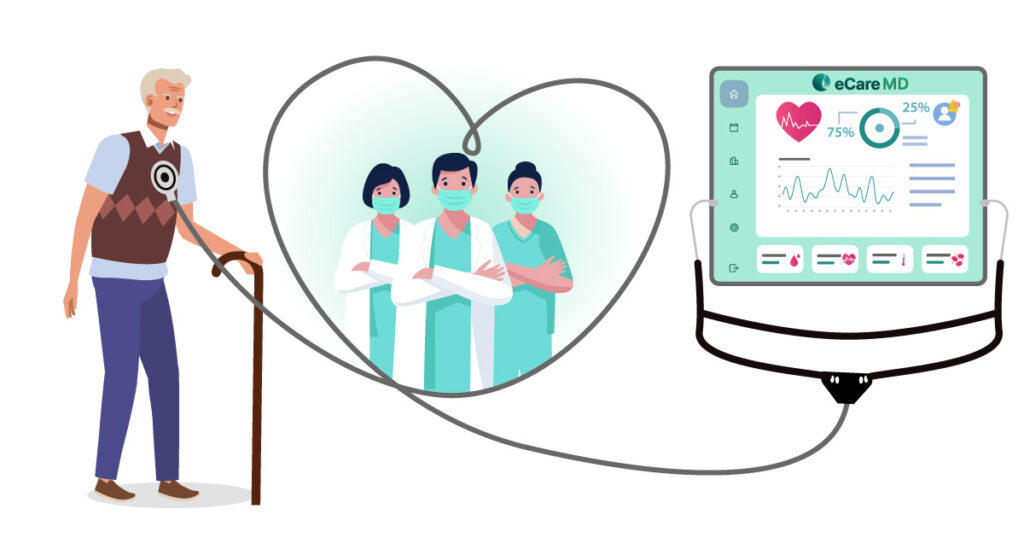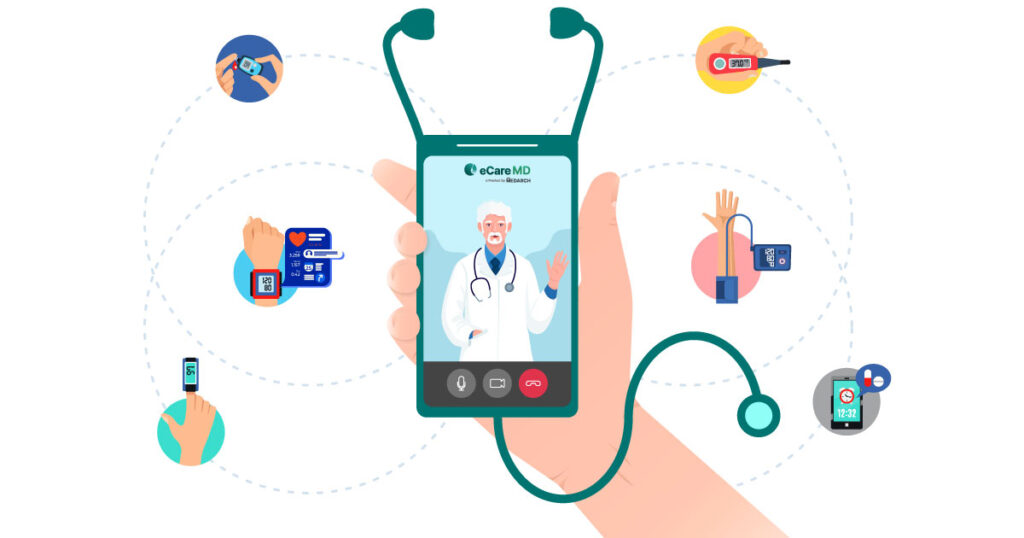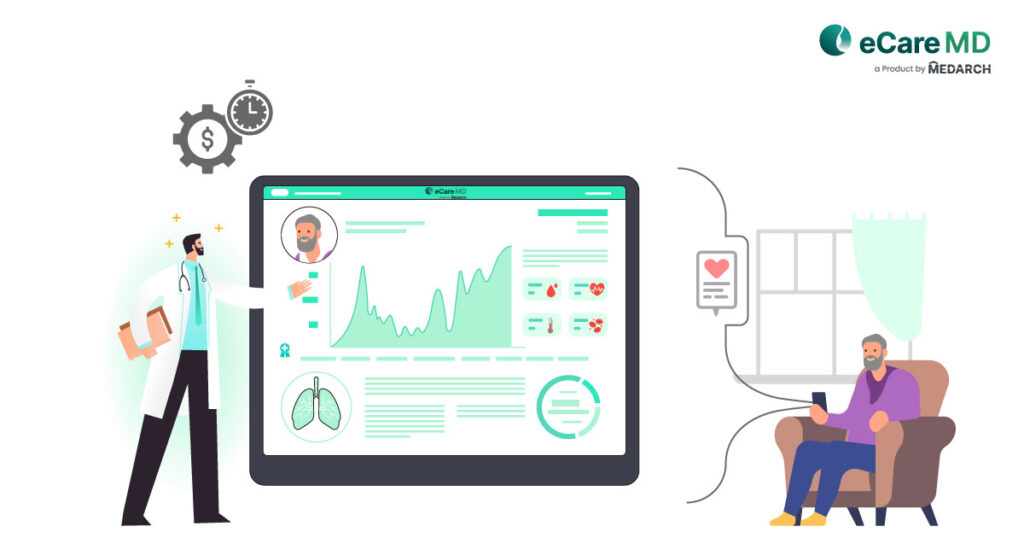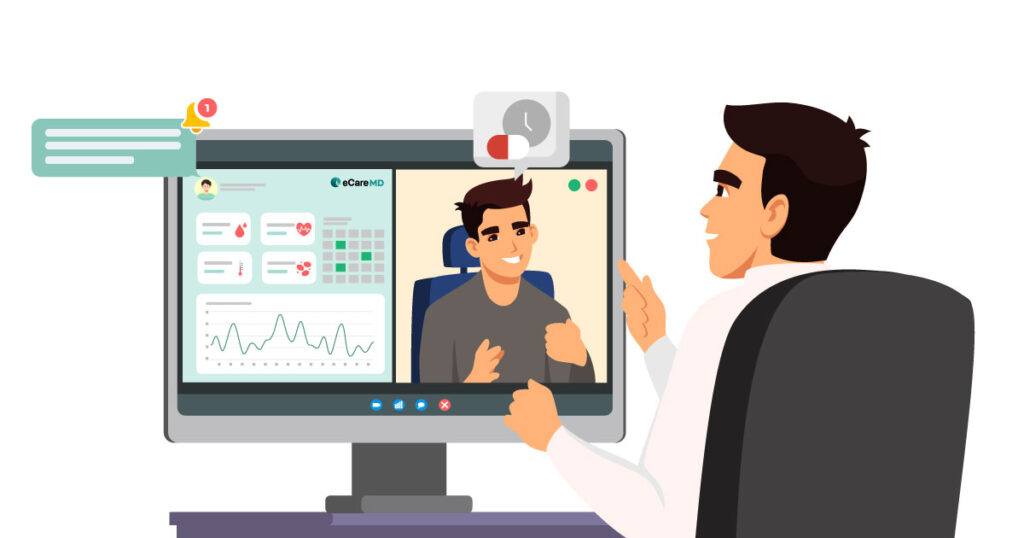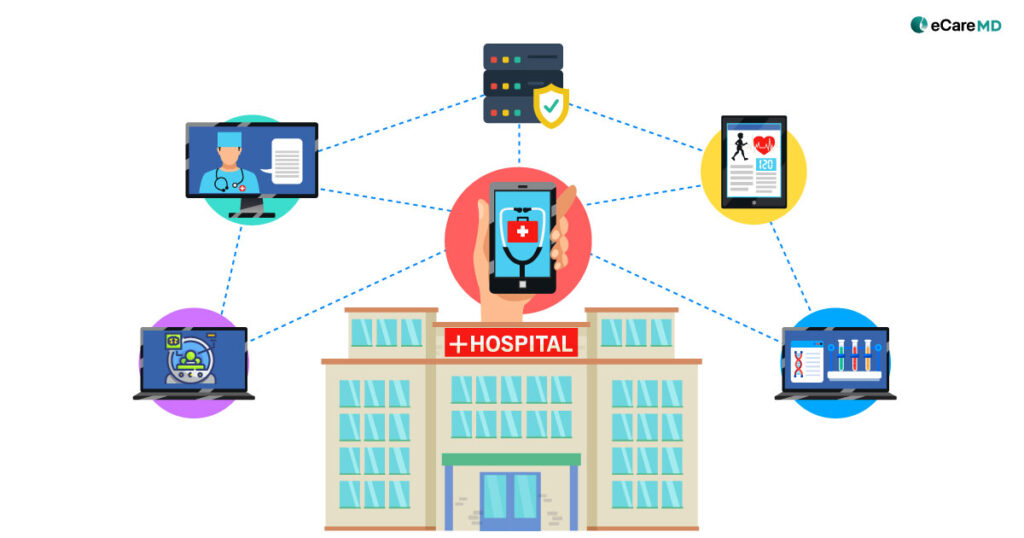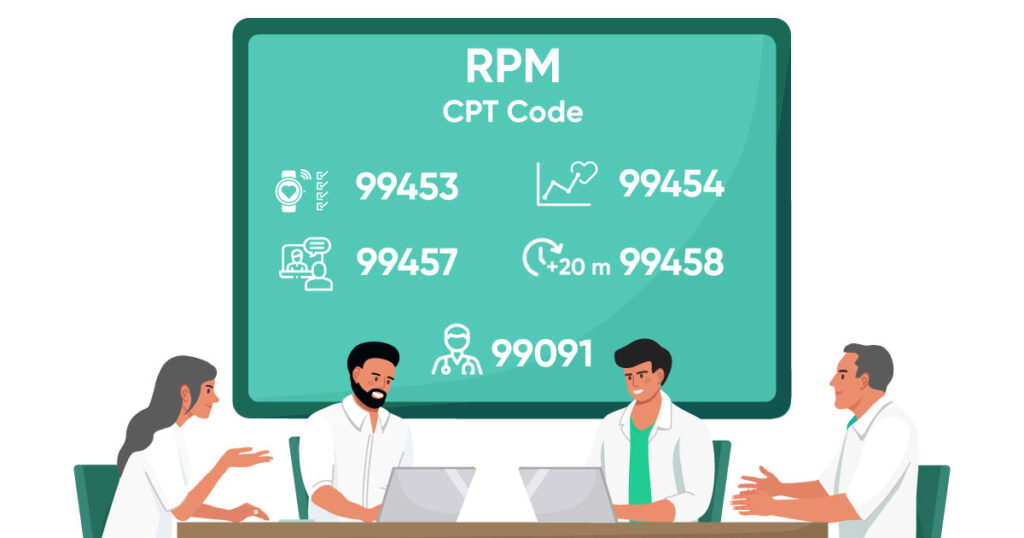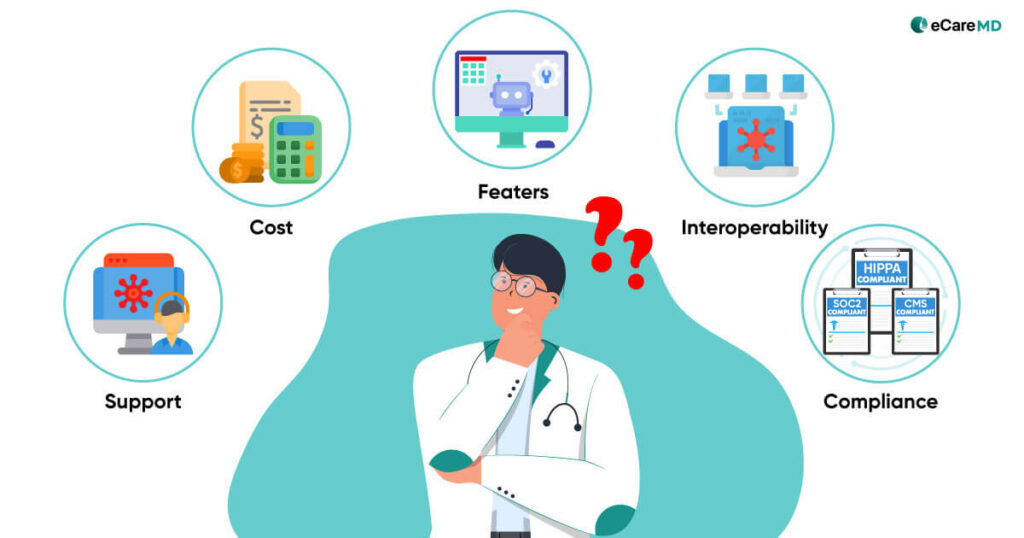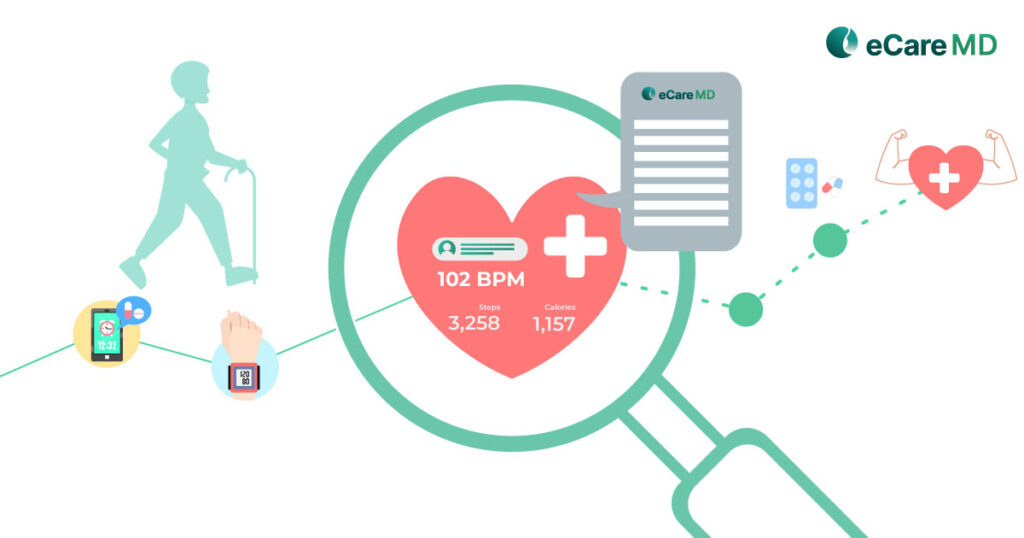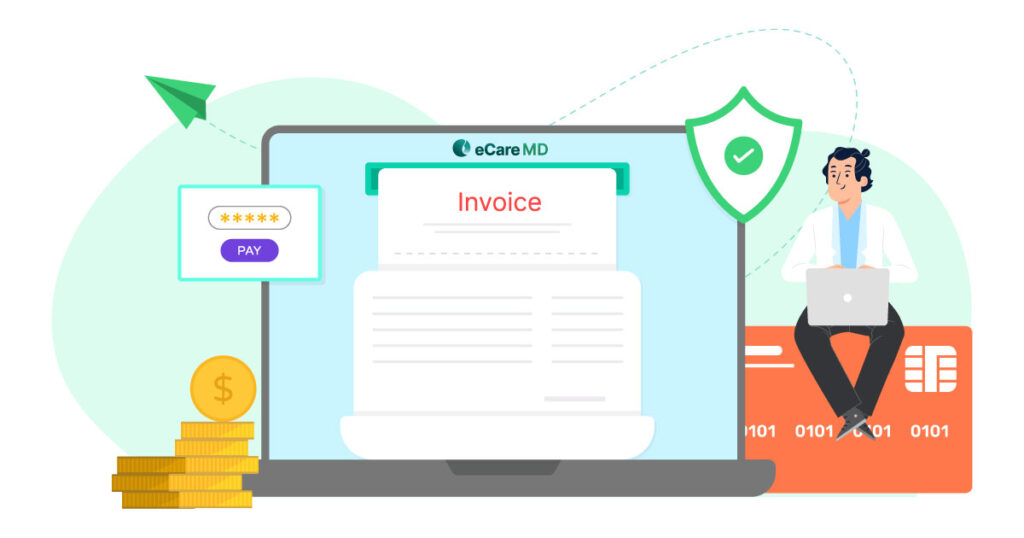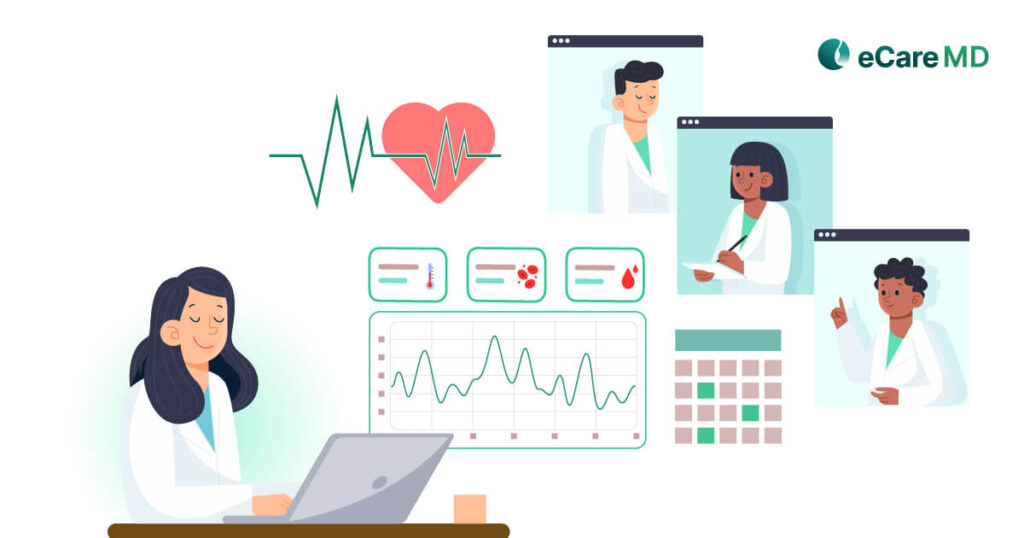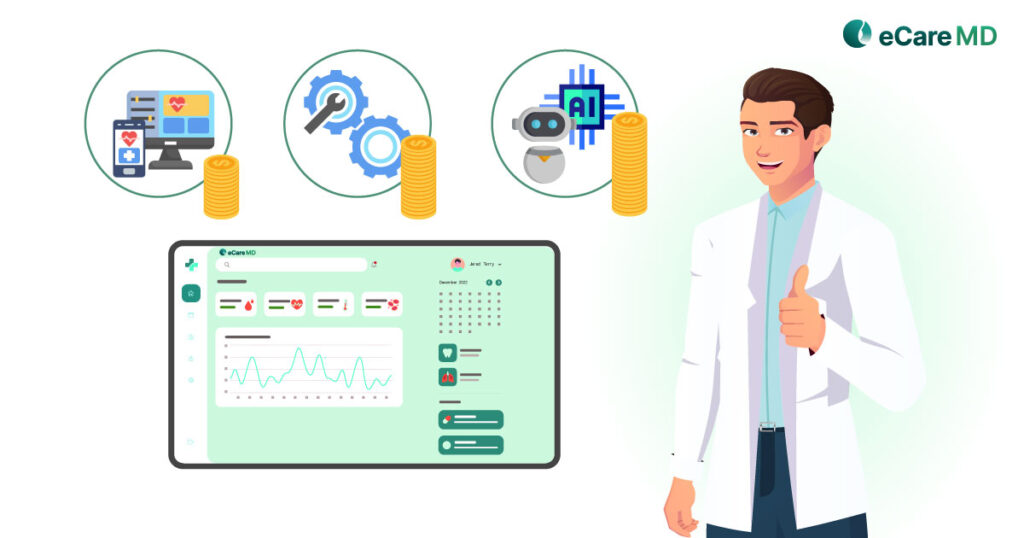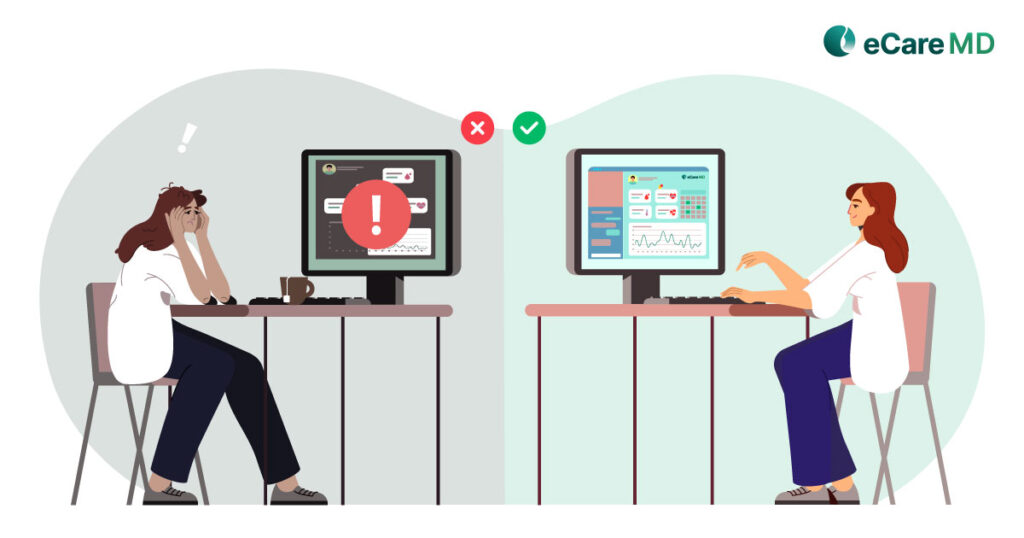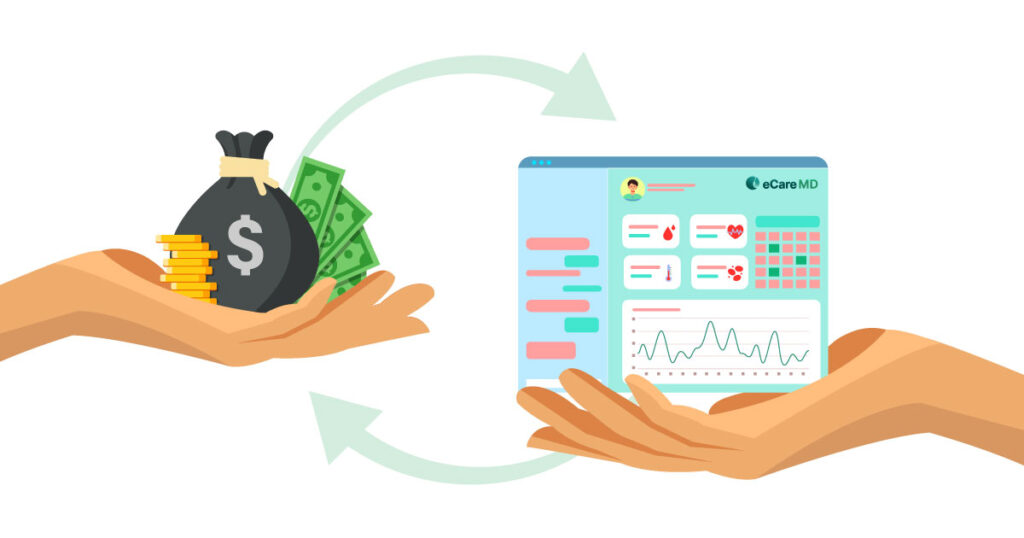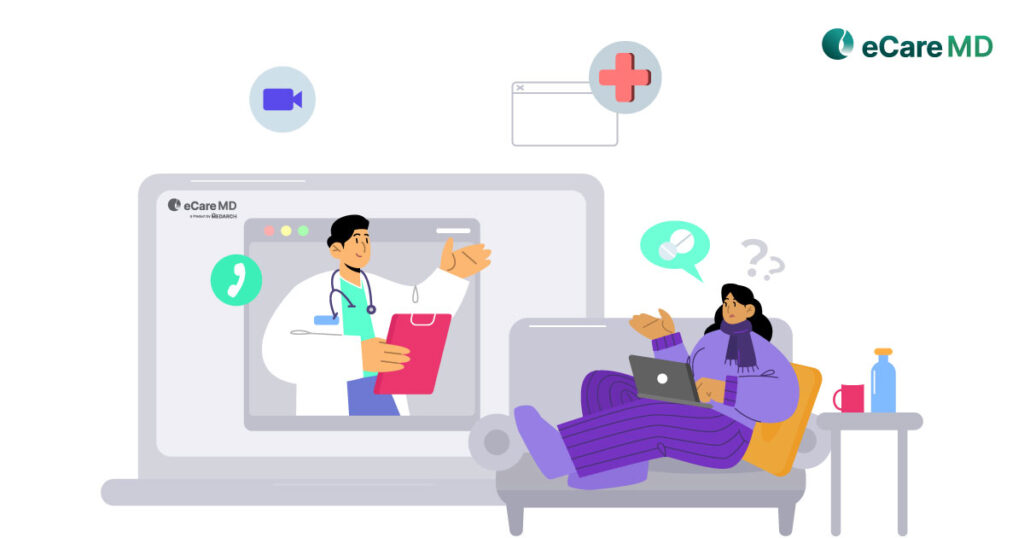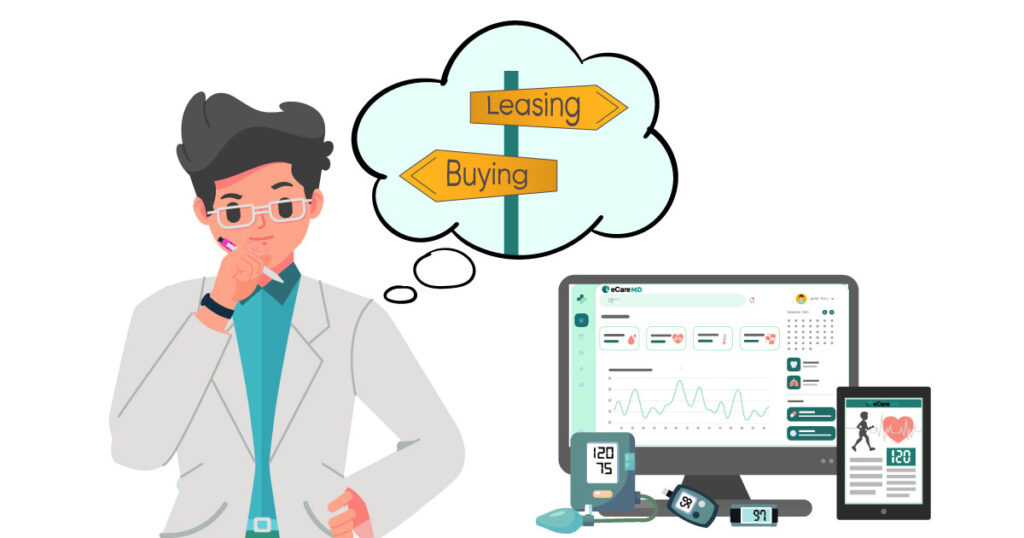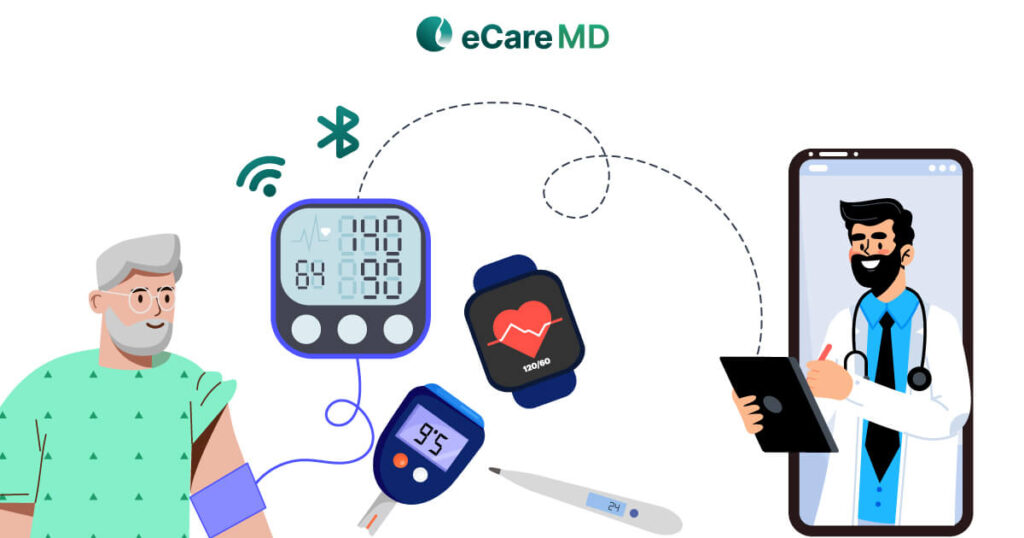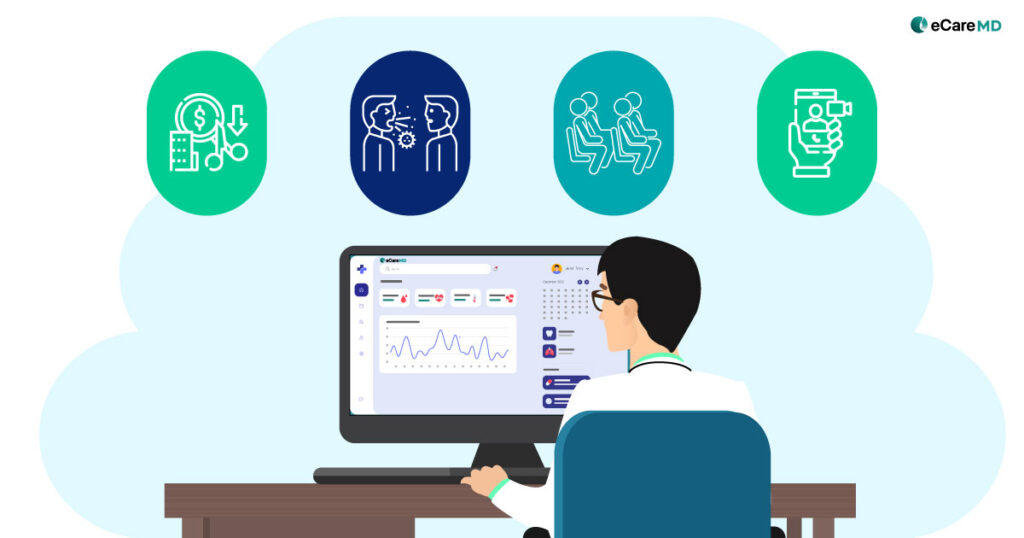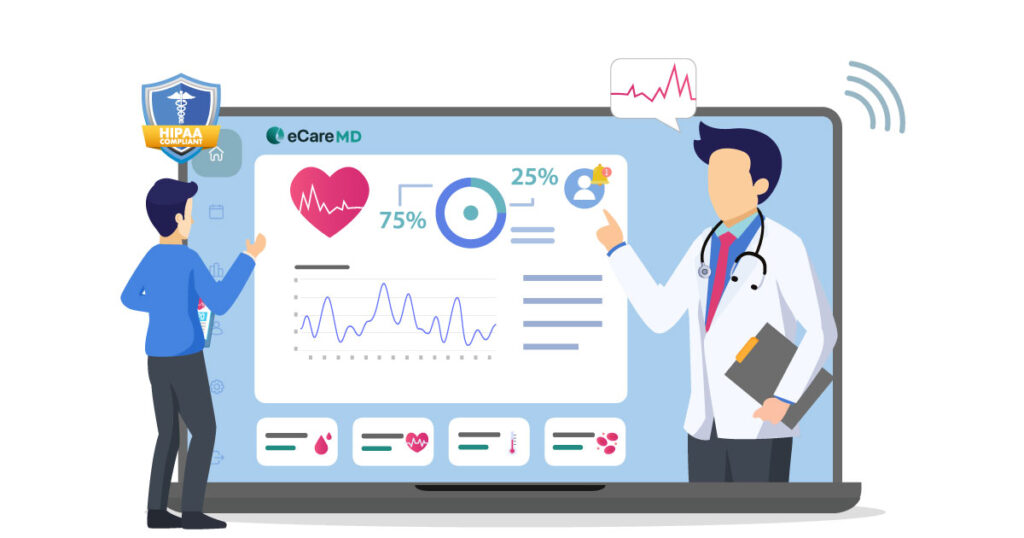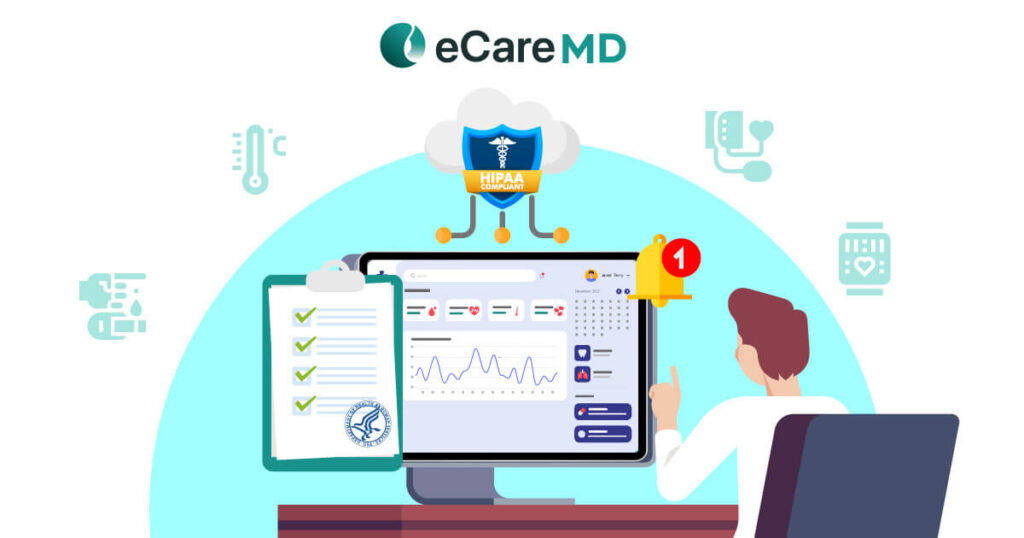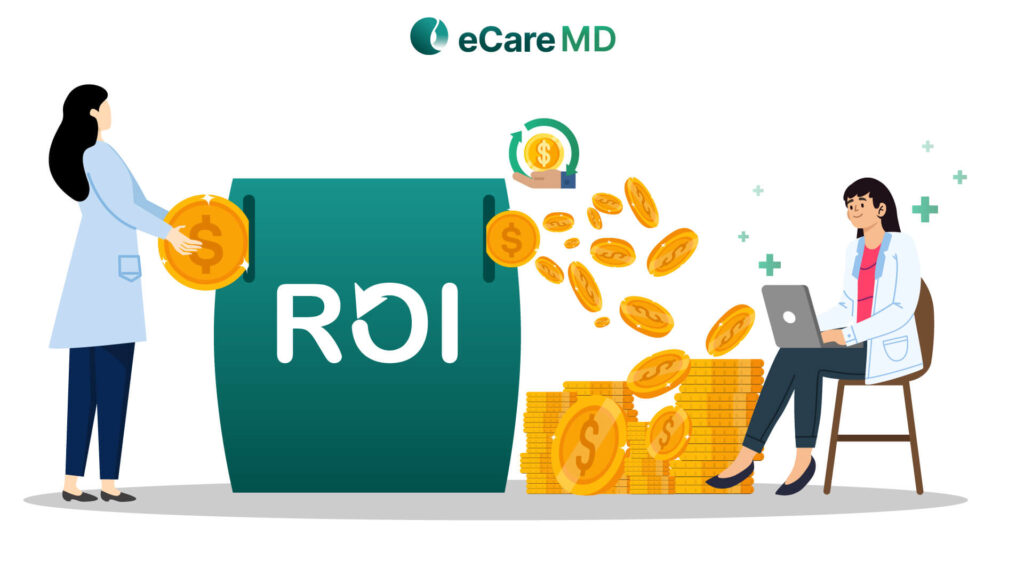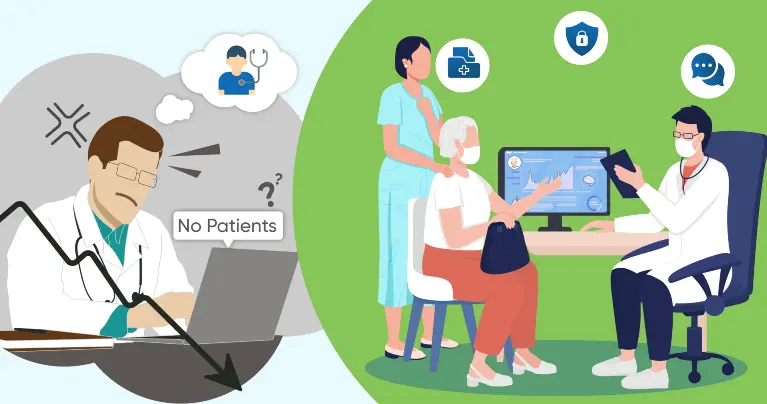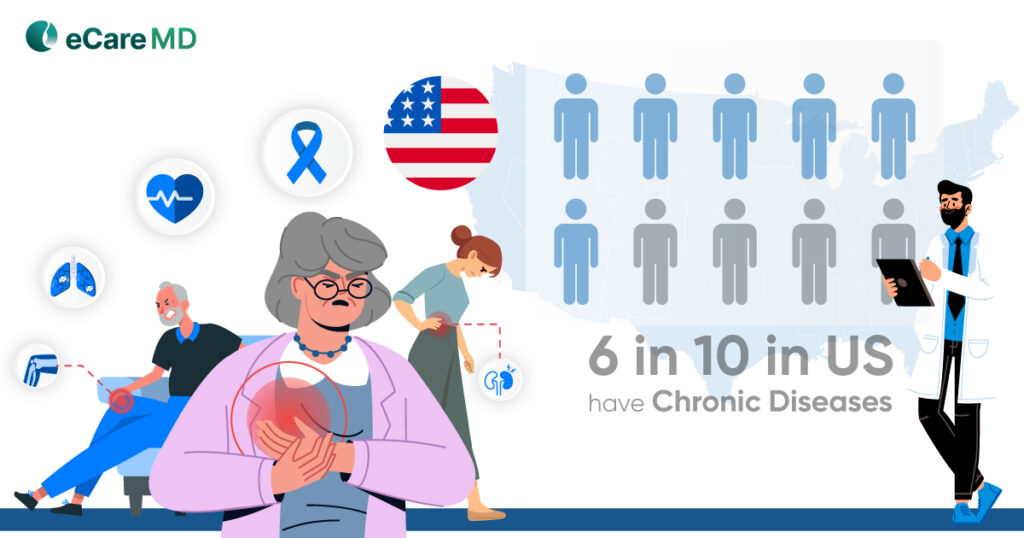According to the Medical Group Management Association, around 75% of the patients reported using a patient portal for healthcare services.
This indicates how crucial the patient portal is to engage patients in receiving care. If you ask a healthcare provider, they would probably emphasize keeping the patient engaged in their entire care journey. Special importance is given to keeping the patient engaged with their care journey as it directly contributes to improving patient satisfaction rates and healthcare outcomes.
However, in this digital age, where people are more inclined toward receiving care without even having to visit the healthcare facility, keeping the patients engaged seems to be a challenging task. Especially when it comes to patients with chronic conditions, they tend to visit the care facility even for minor convenience.
Though healthcare providers now find it easier to treat chronic patients with Chronic Care Management programs, achieving higher patient engagement seems to be a challenge for many.
But interestingly, technology has solved this issue of healthcare providers by giving patients more control of their health. Around 81% of patients use secure online portals to schedule appointments, and that’s a head start for you to drive more patient engagement.
Even prominent healthcare providers agree with the difficulty in increasing patient engagement, but if you know the right way to keep the patient engaged, it can be as easy as your daily morning walk in the park.
So, let’s explore the tried and tested patient engagement strategies with chronic care management software.
The Role of Patient Engagement in Chronic Care
To begin with, why do you think patient engagement is so crucial in chronic care?
The bodies of people suffering from chronic illness are busy coping with the adverse effects of the disease. This takes a toll on their mental and physical health, making them less adherent to treatment and indirectly affecting their health outcomes.
The constant need for encouragement is why patient engagement is so crucial in chronic care. In a nutshell, patient engagement in chronic disease management plays the role of a catalyst in a chemical reaction. Meaning it has a psychological effect on the patients, which increases their adherence to the treatment, resulting in better and faster health outcomes.
Strategies to Improve Patient Engagement
Various patient engagement strategies that keep patients engaged are:
1. Empowering Healthcare Journeys
The best way to empower a chronically ill patient is by giving them control of their healthcare journey. For instance, with patient portals, the patient can access healthcare services, and also the EMR stands as a ground of evidence for progress. Gradual progress in their health will empower their healthcare journey with more active participation.
2. Seamless Communication and Care Coordination
We often hear the phrase, ‘Communication is the key,’ and it is the key to patient-provider coordination and effective patient engagement. The chronic care management software equips healthcare providers with necessary communication tools like secure messaging, telecommunication, etc., to connect with healthcare providers and patients in real time. This is important because the active participation of providers with patients encourages them to proactively participate in their care journey.
3. Add a Personalized Touch

The major factor that is lacking in digital care is indeed the human touch. That is why personalized care and proactive participation of care providers are so important. The CCM software, in such cases, at least allows you to provide personalized care and choose a patient-centric approach. With CCM software, you can directly call the patients to get their updates and ensure their needs and preferences are taken into consideration to achieve the desired goal.
4. Stay Engaged Throughout Aftercare

Post-treatment care is as important as the treatment and diagnosis, especially in chronic care, where the results are often seen after a prolonged period of time. This naturally becomes the care provider’s responsibility to keep the patient engaged even aftercare. This way, the patient knows that they are in safe hands, leading to better patient engagement and health outcomes.
5. Assign a Dedicated Care Manager
The CMS requires you to assign a dedicated care manager and care team for the patients enrolled in the chronic care management program. However, during the care journey, assuring the dedicated care manager is the point of contact for the patient can lead to providing better-personalized care and also result in good patient-provider relationships.
Dedicated care managers play a very important role in providing quality treatment and keeping patients engaged with treatment plans. They keep tracking patient health vitals regularly, modify care plans as needed, and intervene in a timely manner for any potential complexity. A dedicated care manager ensures patients adhere to a treatment plan and follow the suggestions throughout the treatment.
6. Leveraging Data for Continuous Improvement
The advantage CCM software gives to healthcare practice is that it embeds data-driven practice in care delivery. This data collected by the software provides a comprehensive overview of the patient’s health. It not only acts as evidence to increase treatment accuracy but also enables better tracking of patient health. Keeping data as evidence enables continuous improvement and encourages patients to actively participate in their care journey.
7. Participate in Value-Based Care
Participating in value-based care is a significant strategy to improve patient engagement. Value-based care focuses on delivering high-quality, cost-effective healthcare that emphasizes positive patient outcomes. Introducing incentive programs to reward providers for actively engaging patients with their care can prove to be the game-changer for driving high patient engagement and improving patient outcomes.
8. Provide Tools to Help Patients Follow Treatment Protocols Between Visits

In chronic care management, most of the services are non-face-to-face, making it challenging to engage patients with their care plans. However, the CCM software offers tools to access patient care plans and educational materials, make voice/video calls, send SMS messages, and input vital readings and lifestyle factors. Additionally, it also gives them more control of their care by providing them reminders for appointment schedules, medication adherence, etc. This helps to keep patients engaged and participate actively in the program.
Building a Culture of Engagement
Let me tell you a secret: Chronic care management is developed in such a way that it keeps the patient at the center. This means that for every action you take, while providing care to the patient, the patient is notified about it. This not only embeds the patient-centric approach while providing care services but also empowers your practice to build a practice culture revolving around the patient.
However, despite the automated strategies of the CCM software that help keep the patient engaged, you as a provider have to proactively take part in the care delivery process. One of the best ways to achieve this is by facilitating ongoing communication with the patient to keep him engaged with his care journey.
Build a collaborative environment where every care team member actively communicates with the patients with transparency to boost their morale and increase engagement. Understand that the patient is already suffering from multiple chronic conditions; putting yourself in his shoes while communicating with them can be one of the best ways to drive better patient engagement and satisfaction rates.
Measuring Success and Adapting
In chronic care management software, you get deeper insights into your care provider’s activities that impact patient engagement. Important insights about provider response time, appointment attendance, patient medication adherence, facilitating patient-provider communication, etc., can give you an idea of how well you are able to engage patients with their care activities.
Make a list of all the factors that contribute to patient engagement and set metrics to measure its success. After gathering enough insights about where you are missing to engage patients, you can make changes in the approach to drive more engagement.
Another way that you can use to drive more patient engagement is by asking the patients themselves for suggestions. Feedback and satisfaction surveys can be great tools for getting direct insights from patients.
Future Trends
Patient engagement strategies with chronic care management software are continually evolving to meet the dynamic needs of healthcare. Here are some current and future trends in patient engagement with collaborative care in CCM software:
- In the future, mobile applications may have increased personalization features such as virtual coaching, and adaptive interfaces will increase patient engagement.
- CCM software may use AI for data analysis and reporting. AI algorithms will become more sophisticated, aiding in personalized treatment plans, identifying trends, and predicting optimal interventions based on patient data.
Conclusion
In a nutshell, Patient engagement has become a cornerstone in the healthcare ecosystem especially in chronic care management. Implementation of successful patient engagement strategies helps to keep patients engaged and actively participating in their care, ultimately leading to faster and better health outcomes for patients.
Patient engagement software like eCare MD which manages the chronic conditions of patients has become a significant trendsetter in the healthcare ecosystem with their patient engagement technologies.
Frequently Asked Question’s
Some of the key features of chronic care management software that promote patient engagement are:
- Patient Portal
- Secure Messaging
- RPM Devices
- Alerts and Notifications
- Appointment Scheduling



